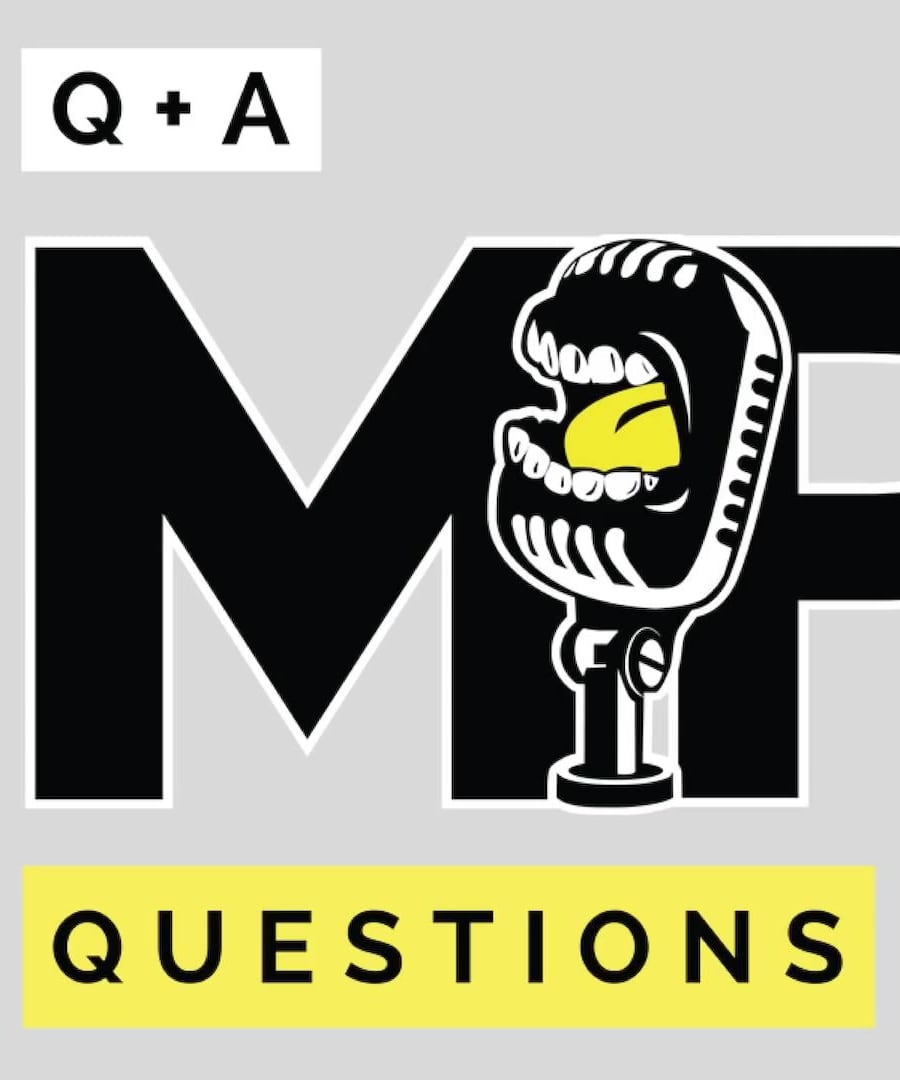How to track food intake?
Sources:
Tracking your food intake can be a valuable strategy for managing your health and nutrition. Here are some practical steps and insights from the Mind Pump Podcast to help you effectively track your food intake:
-
Use a Tracking App: Apps like FatSecret can simplify the process of logging your food intake by providing detailed nutritional information for various foods. This can quickly show you what's in the food you're eating and help you manage your diet 12.
-
Start with Awareness: Initially, focus on logging everything you eat without aiming for specific macros or calories. This helps identify your current eating patterns and areas that may need adjustments 3.
-
Track Consistently: Write down everything you consume, including drinks, and note how you feel after eating to gain a comprehensive understanding of your eating habits 4.
-
Incremental Adjustments: Once you have a clear picture of your intake, make small adjustments. For example, increase or decrease calories by small amounts (like 100 calories per day) based on your goals, such as building muscle or losing weight 5.
-
Intuitive Eating: After tracking for a while, you can transition to intuitive eating by gradually reducing the frequency of tracking while maintaining awareness of portion sizes and food choices. This helps maintain a healthy relationship with food without feeling overly restrictive 6.
-
Use a Food Diary: If you prefer a manual approach, keep a physical food diary where you log your meals and how you feel, including energy levels, fullness, and any digestive reactions. This can provide critical insights for further adjustments 7.
By following these steps, you can better understand your dietary habits and make informed decisions to improve your nutrition and overall health.
RELATED QUESTIONS-






